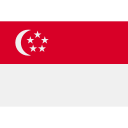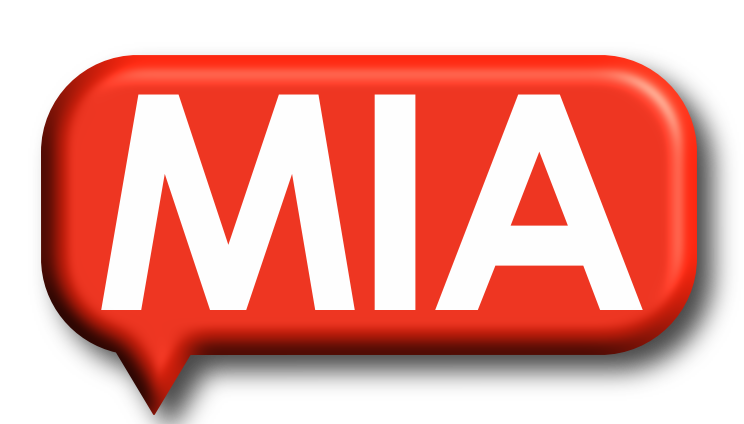Trusted platform, secured by
Looking for a Long-Term Rental?
Compare and secure the most competitive rates for 6 months, 1 year, or even 2 years here!
Lenses For Rent
Rent Lenses across undefined with top-quality equipment at the best rental rates on Antbuildz. Instantly compare units from multiple suppliers across all specifications in one place. Looking to buy? Browse here!
No Equipment Found
It appears that the categories may be fully rented at the moment. However, the Antbuildz team has strong connections with suppliers across South East Asia. Please feel free to drop us a message in the inbox, and we will gladly assist you in addressing your equipment needs
Explore More Items!
About Lenses :
1. What is a Lens?
A lens is a critical component of a camera that determines how light enters and focuses on the camera’s sensor, directly impacting the sharpness, depth, zoom capability, and overall image quality of your photos or videos. Lenses come in various types, each designed for specific photography and videography needs. Common Types of Lenses:
- Prime Lenses – Fixed focal length; known for superior sharpness, wider apertures, and compact design.
- Zoom Lenses – Variable focal lengths (e.g., 24-70mm); offer flexibility in framing without changing lenses.
- Wide-Angle Lenses – Great for landscapes, architecture, and tight spaces.
- Telephoto Lenses – Ideal for sports, wildlife, and portrait photography from a distance.
- Macro Lenses – Perfect for close-up photography with high detail (e.g., flowers, insects).
- Fisheye Lenses – Ultra-wide angles that create a creative, distorted visual effect.
- Camera lenses are manufactured for compatibility with specific camera mounts (Canon EF/RF, Nikon F/Z, Sony E, etc.) and sensors (full-frame, APS-C, micro four-thirds).
2. Why Use Drone Façade Inspection in Malaysia?
- Enhanced Safety: Avoid the risks associated with manual inspections using scaffolding or rope access by deploying drones to inspect high-rise façades and hard-to-reach areas.
- Cost-Effective Solution: Reduce the need for manpower, equipment, and lengthy setup times, resulting in significant cost savings for building and infrastructure owners.
- High-Resolution Imaging: Capture detailed images and videos using drones equipped with 4K/8K cameras and thermal sensors for accurate assessment of structural integrity.
- Faster Inspection Process: Complete inspections in a fraction of the time compared to traditional methods, minimizing disruption to building occupants or ongoing site activities.
- Comprehensive Data Collection: Collect extensive visual and thermal data for façade conditions, cracks, water ingress, corrosion, or detachment.
- Digitized Documentation: Receive reports with annotated images, GPS-tagged photos, and 3D models for detailed analysis and recordkeeping.
- Ideal for Urban Environments: Drones offer unparalleled flexibility in inspecting buildings located in congested or tight-access areas.
- Minimized Environmental Impact: Quiet and non-invasive drone operations help reduce noise and environmental disturbances.
- Supports Regulatory Compliance: Drone inspections support requirements for periodic façade inspection mandates from local councils and safety regulations.
- Versatile Applications: Suitable for condominiums, office towers, bridges, malls, factories, and heritage buildings.
3. How to Choose a Drone Façade Inspection Service in Malaysia?
- Check for Licensed Operators: Ensure the drone service provider is certified by the Civil Aviation Authority of Malaysia (CAAM) and follows local UAV operation regulations.
- Review Drone Capabilities: Choose a provider using drones with high-resolution cameras, zoom lenses, thermal imaging, and LiDAR if needed for enhanced detection.
- Request Sample Reports: Evaluate the quality and clarity of past inspection reports and image data to ensure professional standards.
- Understand the Deliverables: Confirm whether the service includes annotated photos, thermal scans, 3D façade modeling, and condition reports.
- Assess Experience & Expertise: Opt for providers with a track record in inspecting high-rise buildings, commercial complexes, and infrastructure.
- Check Insurance Coverage: Ensure the drone operation is insured for liability and equipment safety.
- Inquire About Post-Processing Services: Look for services that provide image analysis, defect tagging, and condition rating rather than raw image dumps.
- Ensure Compliance with Building Codes: The provider should be familiar with local inspection guidelines and façade safety regulations.
- Consider Flight Restrictions & Permits: Ensure the provider handles the necessary airspace permissions and complies with safety protocols.
- Compare Pricing & Value: Choose based on the comprehensiveness of the inspection, not just the lowest price—quality data prevents costly oversights.




































 Menara MBMR, 1 Jalan Syed Putra , 3-03a, 58000 KL , Malaysia
Menara MBMR, 1 Jalan Syed Putra , 3-03a, 58000 KL , Malaysia







